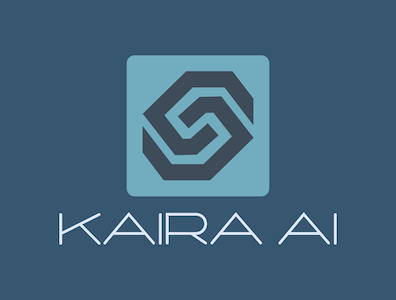Utilizing AI-Generated Structured Data in Business
In the previous blog, we focused on how structured data (data) and document-based information differ in terms of usage and analysis.
In this new blog, we discuss how automatically generated structured data can transform a company’s operations. Recognizing and leveraging structured data is crucial for gaining a competitive edge. It enhances decision-making, optimizes business processes, and helps anticipate changes affecting the business. Structured data transforms manual data extraction into automated processes. With modern and properly utilized tools, many tasks and processes that are often left undone due to document-based work can now be automated.
The AI product revolution that began in 2023 has provided software companies with many tools to address the challenges related to document-based work. When AI-assisted tools are embedded within business applications, true automation is achieved. It’s worth exploring the possibilities of various tools more closely and considering their use in application development, not just in developing chat prompts.
What kinds of tasks can be automated?

Case 1: Converting Financial Statements from Documents to Structured and Easily Usable Data
Imagine Company A wants to compare the financial statements of one hundred Finnish companies. These data are available in document form from a public register but are scattered and difficult to handle. It’s important to note that a single company’s annual financial statement contains several pages of documents. In Company A’s traditional method, information is manually extracted from this pile of documents and entered into Excel for analysis.
Now, with automated tools, Company A can receive these data directly, automatically extracted and pre-analyzed, saving time and resources.
Case 2: Utilizing Scattered and Varied CRM Data as Structured Information
Imagine Company B, which handles customer data, sales history, and contracts that are scattered across different systems and formats. Typically, at least the company’s contract data are stored as electronic documents, from which structured data cannot be produced automatically with current systems.
By integrating these data into a single structured database, Company B can automatically analyze the data and identify, for example, expiring customer relationships, enabling the creation of targeted offers and strengthening customer relationships. Considering that a company can have thousands of customers, the benefit of automated structured data becomes apparent.
Summary
It can be concluded that the automatic generation of structured data not only enhances business processes but also provides deeper insights and control over various aspects of the business. It opens the door to more precise and faster decision-making, deeper customer relationships, and improved cost efficiency. This is a critical advantage in increasingly competitive business environments.
All this can already be implemented by using new AI-assisted tools as part of business-critical applications and their functional code. We have implemented changes like those mentioned above in current functionalities, utilizing various AI-assisted tools as part of the automation-performing code. We actively explore the rapidly emerging new tools on the market and consider how they could be utilized.
We are truly living in exciting times with this rapidly accelerating change affecting all business operations!
